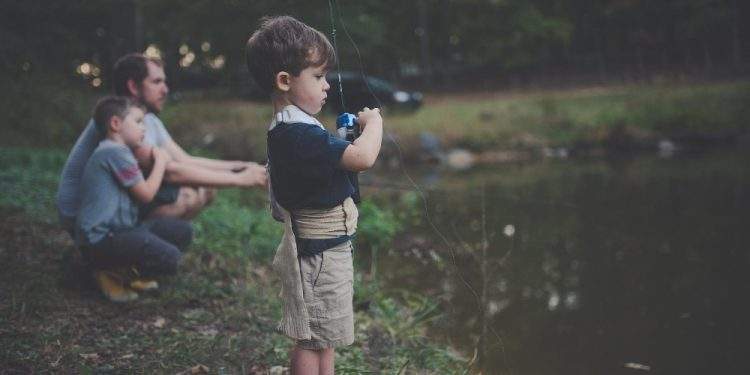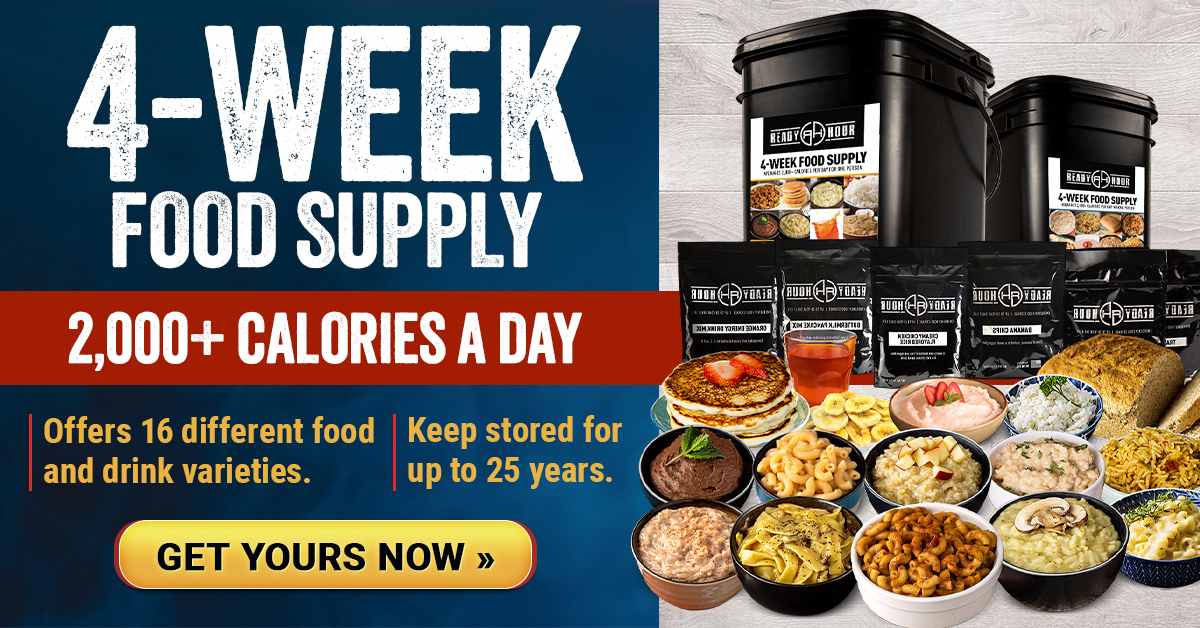Fishing is one of the best ways of getting ample protein in a complete apocalyptic scenario. There’s plenty of water around, but not everyone has the skills necessary to fish for their survival. This means you can have a distinct advantage here if you know what you’re doing.
That said, if you think it’s going to be easy, you have another thing coming. You need to start preparing now.
Choosing your approach
When it comes to survival fishing, you have a few different options. You can take a more futuristic approach and use rods and reels, but then you have to worry about storage, equipment breakdowns, as well as the cost of maintaining them. Or you can do what many other preppers prefer, which is a more primitive method for catching fish.
We’ll talk about both.
Rod and reel
If you want to start by gathering the gear you need to catch fish, you can start now and add a few things to your stockpile over time. You’ll want a survival fishing pole for starters. These are compact poles that are lightweight but not the most effective for catching fish.
That said, they’re better than a stick, rope, and hook.
As for your reel, go with whatever you can afford. In a survival situation, it’s not going to matter what brand your reel is or where you got it from. You just need to make sure it gets the job done.
Artificial lures or live bait
Personally, I’d go with the most basic option possible if you’re choosing artificial lures. You need to catch fish, and you need to do so quickly and efficiently. If you’re trying to feed an entire family or even just yourself, you’ll need to focus on quantity over quality and then develop ways to make the fish last.
Just make sure to have lures of different sizes from an inch and a half up to six inches in length. If you’re casting a lure into a small stream and you haven’t eaten in a while, you need to catch something, and the small lure will come in handy.
Trapping
If you’re taking a more minimalist approach, you’ve got quite a few options. Trapping or netting is one of the options, and there are a number of different nets you can use. This is a passive form of fishing which is preferred because it allows you to do something else while you’re fishing in most cases.
When you’re casting a rod and reel, you need to sit by the water and actively fish it if you expect to catch anything. Here are some of the options you have for trapping:
Gill nets – A gill net is a nylon net made of monofilament with openings large enough for the fish to swim through until they reach the gills. Hence the name, gill nets.
This is a great passive fishing strategy because you can come back and check the nets when you’re done doing something else. It’s important to have methods like this when providing food for more than one person.
Drift nets – A drift net works in a similar way but requires you to have a vessel to pull the net.
While the net is moving through the water, it’ll grab everything that passes through it. If you’re planning to use a method like this, you’ll want to bug out near a popular river or stream system. Keep in mind that this type of fishing does have repercussions on the environment, but that may not matter as much in a post-apocalyptic society.
Trotlines – Trotlines are great because they’re one of the most primitive and passive options for survival fishing. You attach a mainline on both sides of the river or pond and then hang secondary lines down into the water with bait on them.
The secondary lines get weights, so they rest near the bottom of the water, and the baited hooks will stay in place until you return to see if you caught anything.
Finding the right water
If you’ve got a few strategies in mind and you know where you plan to bug out when SHTF, then you need to plan your fishing hole based on a few characteristics.
- Cover
- Changes in water
- Structure
These three things are the most important factors because this is how you can tell where fish hang out. Structure can be anything they hide under or around, including low-hanging trees, vegetation, and lily pads.
Changes in water refer to areas where water is fed by another body of water. This brings oxygen into the water, which results in a more energetic fish. They tend to hang around these areas because the river or stream leading into a lake also brings microorganisms for them to eat.
Killing and cleaning your catch
As people of the land, we need to respect our catch, and this goes double for situations where we rely on it for our survival. Kill the fish in the most humane way possible by doing so quickly and effectively. Here is a simple and primitive method if you don’t have any other way:
- Find something blunt like a rock. Make sure there are very few sharp edges
- Put the fish on a hard flat surface
- Use one hand to secure it in place
- Use the blunt object to strike it right above the eye with ample force
- This will stun the fish but not kill it, be sure to repeat this a few times
How to store fish long term
Ideally, you keep fish alive until you’re ready to cook. But that’s easier said than done in many survival scenarios — especially in situations where you have caught a lot via passive fishing and feel like you shouldn’t waste/release any of them.
There are five main methods:
- Freezing
- Canning
- Smoking
- Salting
- Pickling
Learn more about food preservation basics and the pros/cons between methods.
Pickling is a lot like canning because it follows many of the same principles. The airtight containment and acidity in the vinegar help break down and preserve the meat. This is a great way to keep fish safe to eat for a long time without requiring refrigeration.
Smoking is the ultimate choice in the wild in terms of flavor and food quality, but it won’t last as long as some other methods. It’s also incredibly simple and doesn’t require any specific tools or equipment.
Salting works similar to smoking by putting the fish directly into the fire. Instead, you cover the fish with salt and wrap it up. You’ll then bury it under the fire.
Final thoughts
Survival fishing is a great way to acquire protein in the event of a supply chain or power grid failure. Learning to rely on the land around us is one essential piece of the puzzle when the SHTF, and starting now is the only way to ensure your survival. Good luck!
What about you?
Do you have any of your favorite survival fishing tips to add? What secrets work best for you? Share your advice and thoughts in the comments.
About Wes
Wes is a full-time freelance writer who loves spending time outdoors.
Image by Pexels from Pixabay. Article cross-posted from The Organic Prepper.






